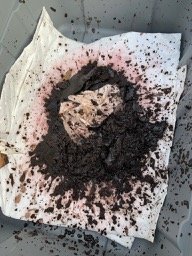ghostrider454
Veteran Member
Carry plenty of spare filters and go. You have already said if you get tight on fuel you can stop at a closer marina. You should not use the bottom of your tank as a collective for contamination, it will just get higher and higher in the tank. Your filters are the antidote. Just don't run out!
I bought five cases of filter before we left Lisbon. I've already used one half case by the time we got to Iqaluit.

